The Essential Guide to Email Marketing
Email marketing has become a pivotal tool for businesses to connect and engage with their audience. It encompasses various strategies, tools, and techniques to effectively communicate and promote products or services through email. This guide will delve into the fundamentals of email marketing, providing insights into its workings, benefits, strategies, and best practices.
Key Takeaways
The main email marketing takeaways include:
- Email consistently drives ROI so every business should utilize it
- Build your subscriber list by offering an opt-in incentive
- Automate multi-email workflows to engage subscribers
- Create great templates focused on concise copy and relevant visuals
- Personalize content with merge tags and lifecycle segmentation
- Track open and click-through rates to refine messaging
- Monitor key metrics like bounces and complaints to improve deliverability
As one of the most cost-effective marketing channels, prioritizing email is smart. Use this beginner’s guide to develop an initial strategy, create valuable content, and grow your list of qualified leads. Over time your program will evolve, but the fundamental components remain the same.
What is Email Marketing?
Email marketing is a powerful marketing channel that involves sending marketing messages or materials to a group of people via email. It allows businesses to directly connect with their target audience, delivering personalized and relevant content that can drive engagement and conversions.
How Does Email Marketing Work?
Understanding how email marketing works is essential for implementing successful campaigns. It involves building a targeted email list, creating compelling email content, and effectively distributing the emails to the subscribers. The ultimate goal is to nurture leads, retain customers, and drive sales through strategic email communications.
What Are the Benefits of Email Marketing?
Email marketing offers numerous benefits compared to other marketing channels. It provides a direct line of communication with the audience, enables personalized messaging, offers high conversion rates, and delivers valuable insights through analytics. Additionally, it is a cost-effective way to reach a large audience and build brand loyalty.
What Are the Best Email Marketing Strategies?
Effective email marketing strategies include segmenting the email list, implementing marketing automation, creating engaging email templates, and optimizing email open rates. These strategies help in delivering targeted content, streamlining workflow, and enhancing user engagement, ultimately leading to improved campaign performance.
Why Should You Use Email Marketing?
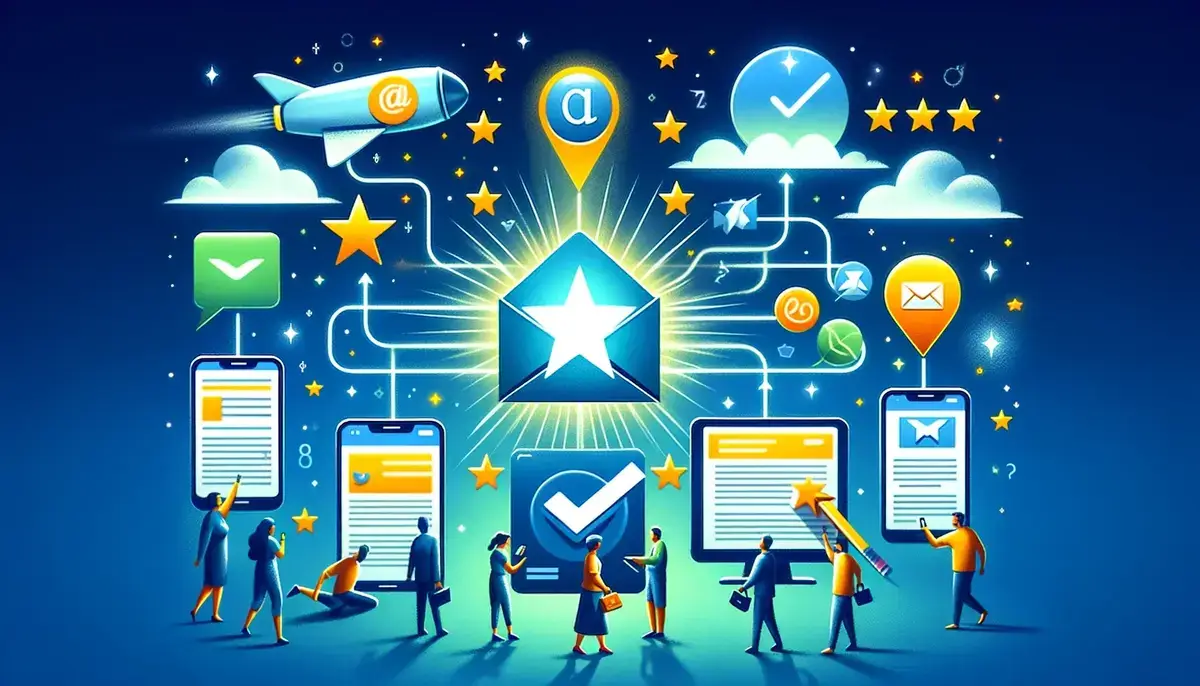
- Low cost – Email is an affordable solution compared to other marketing channels. No printing, postage, or purchase costs.
- Easy tracking – Open rates, clicks, conversions etc. provide hard metrics to optimize campaigns.
- Automation – Streamline sends, segmentation, and workflows with email service providers.
- Retargeting – Remarket to unengaged users or re-purpose content.
- Personalization – Individualize messaging with merge tags, triggers, and lifecycle stages.
- Owned media – No algorithm changes or pay-to-play limitations. You own your list.
With high deliverability and engagement, email consistently outperforms social media and other options. Prioritize building your list early on.
Getting Started with Email Marketing
For businesses looking to harness the potential of email marketing, getting started involves several key steps, including building an email list, utilizing essential tools, and automating marketing efforts.
How Do You Build a Quality Email List?
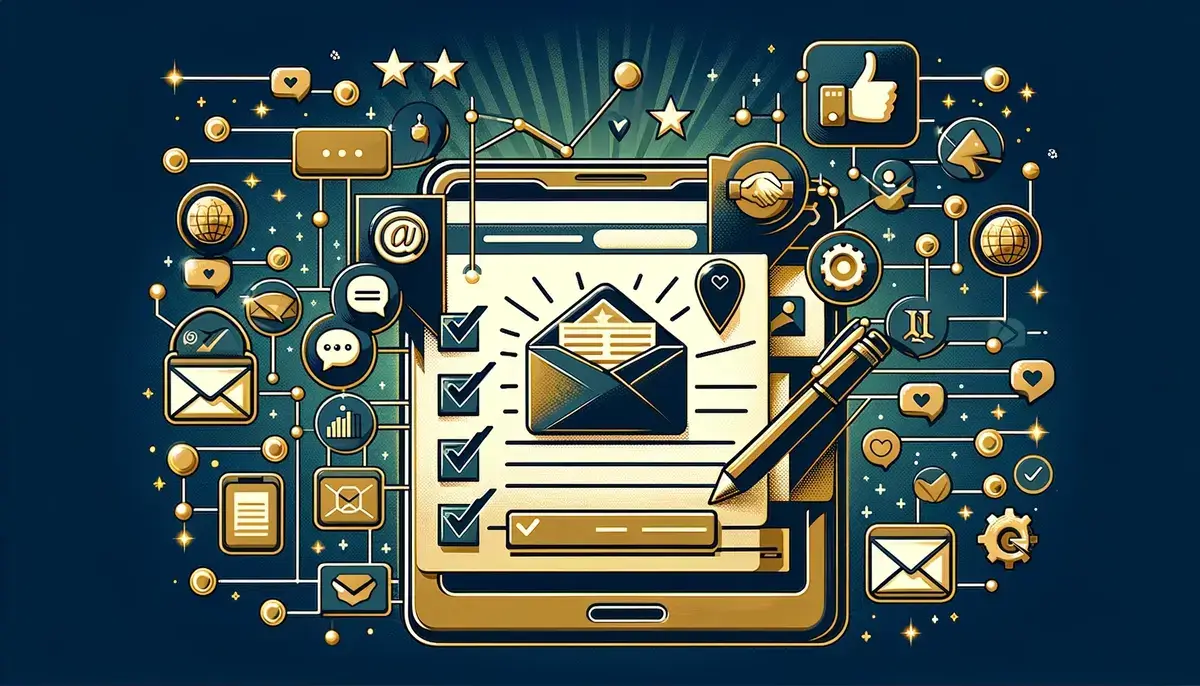
- Offer a lead magnet – Provide a compelling freebie like an e-book, toolkit, or exchange for joining your list. Make opt-in forms prominent across your site.
- Run promotions – Encourage sharing and list growth through refer-a-friend campaigns, social sharing links, and deals for subscribing.
- Integrate across channels – Allow web visitors to join through site popups and widgets. Promote sign-up options in other content.
- Segment for relevancy – Custom fields and tags let you group users and send tailored content that matters most to specific segments.
It’s also vital that you comply with anti-spam laws, provide an unsubscribe option on all sends, and get explicit consent before adding contacts. Respect subscriber preferences to build trust.
What Are the Essential Tools for Email Marketing?
Essential tools for email marketing include an email service provider, a marketing automation platform, and analytics software. These tools facilitate the management of email campaigns, automate processes, track performance metrics, and provide valuable insights for optimizing strategies.
How to Automate Your Email Marketing Efforts?
Marketing automation streamlines repetitive tasks and allows for personalized, targeted communication with subscribers via email. It involves setting up automated workflows for various customer interactions, such as welcome emails, abandoned cart reminders, and post-purchase follow-ups, to deliver timely and relevant content.
What Are the Different Types of Email Marketing Campaigns?

- Welcome series – Onboard new subscribers with an autoresponder sequence.
- Promotions – Offer sales, coupons, contests etc. as incentives.
- Product updates – Highlight new arrivals, back-in-stock items etc.
- Newsletters – Provide summaries of key content.
- Retargeting – Win back disengaged users.
- Customer re-engagement – Encourage repeat purchases from existing contacts.
Map relevant campaigns to subscriber lifecycle stages for better personalization. Automate sends based on triggers like date added, last purchase date etc. It is also vital to segment your email list.
Creating Effective Email Campaigns
An effective email campaign comprises various elements that contribute to its success. From compelling content to visually appealing templates, each component plays a significant role in creating engaging email communications.
What Are the Key Elements of a Successful Email Campaign?
A successful email campaign includes a compelling subject line, personalized content, clear call-to-action, mobile responsiveness, and strategically timed delivery. These elements ensure that the email captures the recipient’s attention and drives them to take the desired action.
How to Develop Engaging Email Templates?
Engaging email templates are designed to be visually appealing, easy to navigate, and aligned with the brand’s identity. Utilizing professional email templates or customizing pre-designed templates can enhance the overall aesthetic and impact of email communications. Successful email templates have these elements:
- Clear, benefit-driven subject lines – Encourage opens.
- Concise preview text – Summarize quickly.
- Logo, branding, links – Increase trust and clicks.
- Relevant imagery and graphics – Make emails more engaging and scannable.
- Bold headers, bullets, and numbers – Improve readability.
- Effective calls-to-action – Drive conversions.
Study top-performing email designs and keep templates simple and consistent across devices. Use A/B testing to optimize what resonates most with your audience. Personalize copy and content to boost engagement.
What Are the Best Practices for Email Newsletter Creation?
When creating an email newsletter, it’s essential to focus on relevant and valuable content, maintain a consistent publishing schedule, personalize the newsletter, and provide options for subscribers to manage their preferences. Implementing these best practices ensures that the newsletter resonates with the audience and fosters long-term engagement.
Utilizing Email Marketing Software

How to Choose the Right Email Marketing Tool?
When selecting an email marketing tool, consider factors such as ease of use, scalability, automation capabilities, deliverability rates, and integration options with other business systems. Evaluating these aspects will help in choosing a tool that aligns with the specific needs and goals of the business.
Where Should You Host and Manage Your Email List?
Most businesses use a dedicated email service provider (ESP) to manage lists, sending, deliverability, and reporting. Top platforms include:
- Mailchimp – The most popular ESP with free and paid plans. Easy to use.
- Constant Contact – Long-standing provider focused on small businesses.
- AWeber – Offers excellent deliverability and automation flows.
- SendinBlue – Combines email + SMS + Facebook Messenger marketing options.
- ConvertKit – Great for creators, online course builders, and influencers.
Base your choice on list size, functionality needs, budgets and ease of use. Many platforms offer generous free tiers to get started. Integrate your ESP with your CRM, e-commerce store, and other systems.
What Are the Features to Look for in an Email Marketing Platform?
Key features to look for in an email marketing platform include advanced segmentation capabilities, A/B testing, analytics and reporting, responsive design options, and integration with customer relationship management (CRM) systems. These features empower businesses to create targeted campaigns and derive actionable insights from campaign performance data.
How to Effectively Use Email Automation in Your Campaigns?
Utilizing email automation in campaigns involves setting up workflows for various customer interactions, such as welcome emails, product recommendations, and re-engagement campaigns. Automation streamlines the communication process, allowing businesses to deliver timely and relevant content to subscribers based on their behaviour and preferences.
What Metrics Should You Track for Your Email Campaigns?
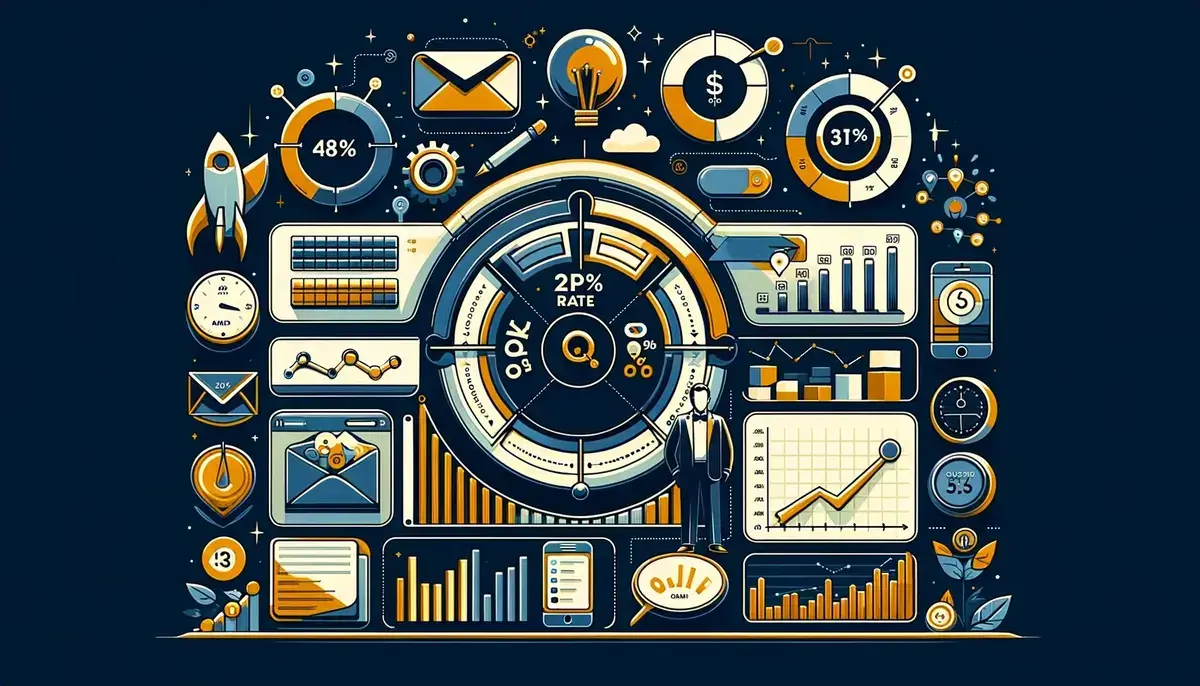
- Open rate – Percentage of subscribers who opened your email
- Click-through rate– Percentage who clicked links or CTAs
- Bounce rate – Undeliverable addresses due to typos, shutdowns etc.
- List growth – How fast your subscriber count expands over weeks/months
- Unsubscribe rate – How many opt-out of messages to monitor relevancy
- Sales revenue – Track email-influenced conversions to calculate ROI
Compare metrics over time and optimize low-performing emails. Many email service providers easily integrate with analytics platforms for monitoring.
Maximizing Your Email Marketing Efforts
Maximizing the impact of email marketing requires continuous optimization and implementation of advanced strategies to enhance engagement and conversion rates.
How Do You Improve Email Deliverability?
Getting your messages reliably delivered to subscriber inboxes is crucial. Tactics to maximize email deliverability include:
- Actively manage your email lists – Keep contacts engaged and prune inactive users.
- Ensure proper SPF/DKIM setup to confirm sender validity.
- Monitor and reduce complaints – Adjust messaging for sensitive segments if needed.
- Enable a double opt-in process – Verify addresses are legitimate.
- Send from a reputable ESP domain – Established providers have good sender reputations.
- Include physical mailing address – This proves you are a legitimate business.
- Automate segmented sends – Avoid blasting everyone at once unnecessarily.
Deliverability should be 90%+ across regular broadcast sends. Stay up to date with best practices.
How to Improve Your Marketing Email Open Rates?
Improving email open rates involves crafting compelling subject lines, segmenting the email list based on recipient behaviour, and optimizing the email send times. Additionally, regularly cleaning the email list from inactive subscribers helps in maintaining high engagement rates.
What Makes an Effective Email Marketing Template?
Successful email templates have these elements:
- Clear, benefit-driven subject lines – Encourage opens.
- Concise preview text – Summarize quickly.
- Logo, branding, links – Increase trust and clicks.
- Relevant imagery and graphics – Make emails more engaging and scannable.
- Bold headers, bullets, and numbers – Improve readability.
- Effective calls-to-action – Drive conversions.
Study top-performing email designs and keep templates simple and consistent across devices. Use A/B testing to optimize what resonates most with your audience. Personalize copy and content to boost engagement.
What Are Some Advanced Email Marketing Strategies?
Advanced email marketing strategies encompass dynamic content personalization, predictive analytics for email targeting, advanced segmentation based on user behaviour, and multi-channel integration for a cohesive marketing approach. These strategies elevate the level of personalization and relevance in email communications, driving stronger connections with the audience.
What Are Some Email Marketing Automation Best Practices?
Email automation streamlines repetitive tasks while providing a better subscriber experience:
- Welcome new contacts instantly with an automated onboarding series. Provide valuable content tailored to their interests right away.
- Set up post-purchase follow-ups to encourage loyalty. Cross-sell related items in later emails.
- Re-engage users who haven’t opened recently. Offer an incentive for checking back in.
- Abandoned cart flows bring back users who left items behind. Remind them of what’s in their cart.
WP Plugins like Mailchimp make setting up automated workflows simple, without needing to know code.
What Role Does Segmentation Play in Email Marketing?
Segmentation in email marketing involves categorizing subscribers into specific groups based on demographics, behaviour, or engagement levels. This enables businesses to tailor content and offers to different segments, increasing the relevance and effectiveness of the email campaigns.
Conclusion
In conclusion, email marketing continues to be a valuable tool for businesses in reaching and engaging with their target audience. Despite the rise of other communication channels, such as social media and instant messaging, email remains a preferred method of communication for many consumers. The high level of personalization and segmentation available in email marketing allows businesses to tailor their messages to specific customer segments, resulting in higher engagement and conversion rates. Additionally, the ability to track and analyze email marketing performance provides valuable insights for businesses to continuously improve their strategies. Overall, email marketing remains a fundamental component of a successful marketing strategy and is likely to continue evolving in response to changing consumer behaviours and technological advancements.
- Tips for Choosing the Right SEO Agency for Your Business - 26 April 2024
- How a SEO Agency Can Help Boost Your Online Visibility? - 24 April 2024
- The Top 5 Qualities to Look for in an SEO Agency - 24 April 2024
 Singapore
Singapore  Singapore
Singapore Malaysia
Malaysia


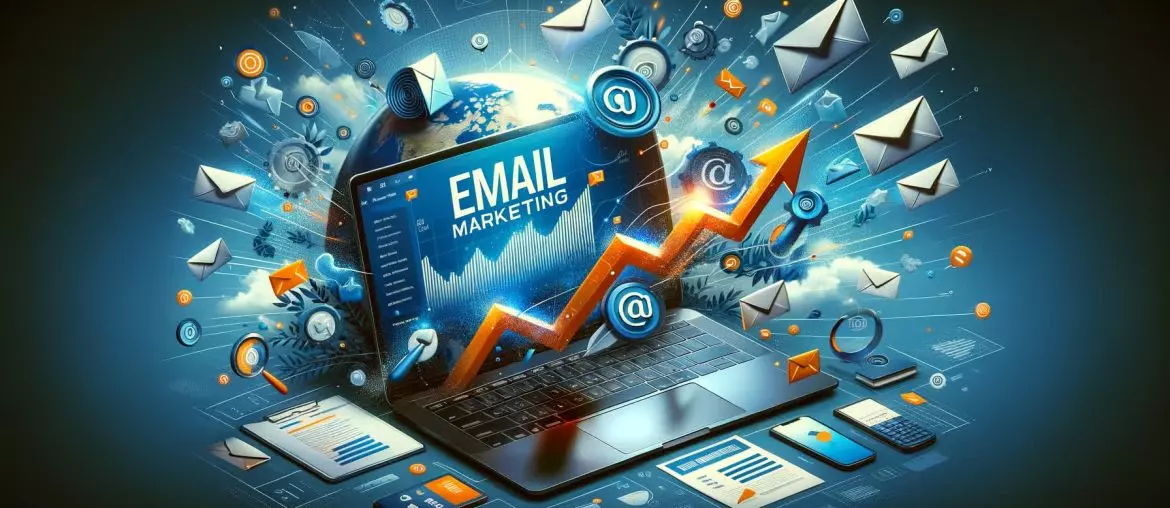
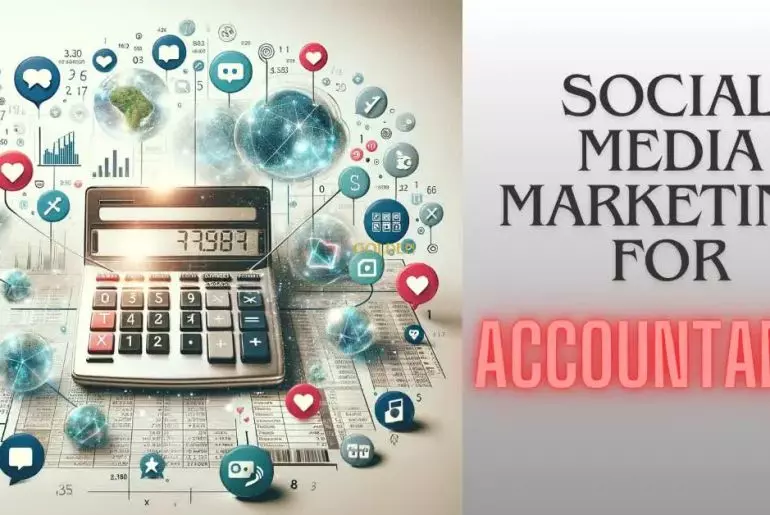
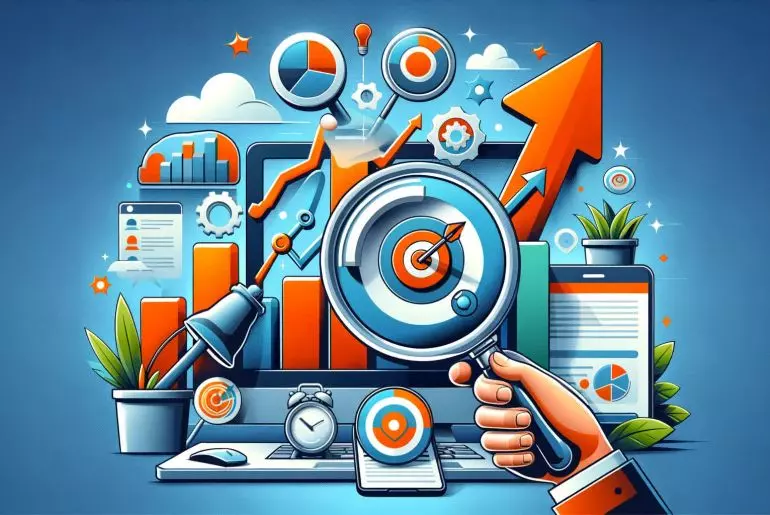

Comments are closed.